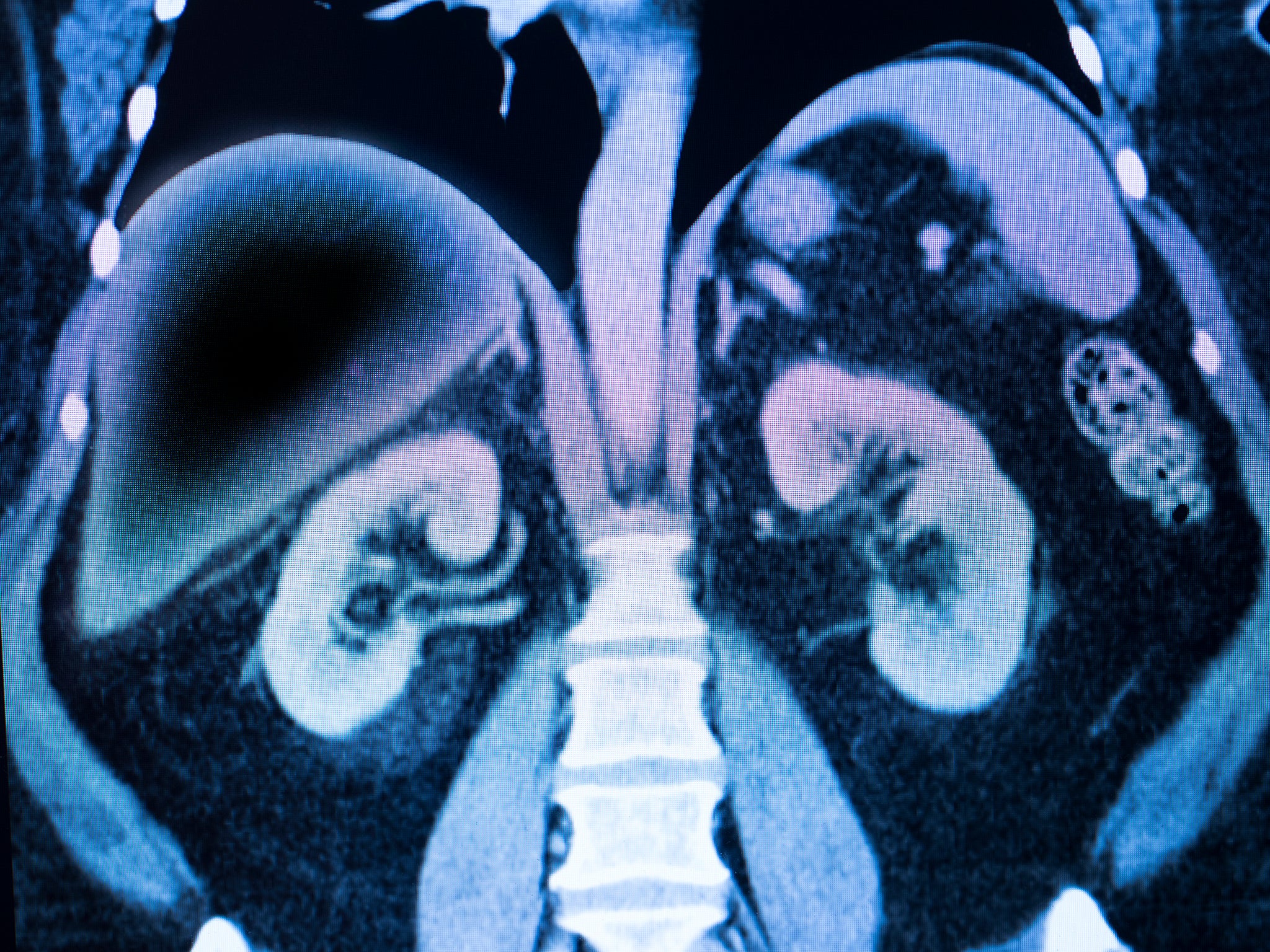One in four adults ‘living with liver disorder caused by over-eating’
Life-threatening liver condition has been dubbed ‘human foie gras’, Joe Middleton reports


Around one in four adults are living with a liver disorder caused by over-eating, according to new research.
Non-alcoholic fatty liver disease (NAFLD) is triggered when large amounts of fat gather and can result in inflammation, scarring and organ failure.
The life-threatening condition - fuelled by unhealthy diets replete with junk food and fizzy drinks - has been dubbed ‘human foie gras’ as it happens in much the same way as a goose liver is fattened for the French delicacy.
American Heart Association (AHA) committee chair Professor Paul Duell said: “Non-alcoholic fatty liver disease (NAFLD) is a common condition that is often hidden or missed in routine medical care.
“It is important to know about the condition and treat it early because it is a risk factor for chronic liver damage and cardiovascular disease.”
Around one in three people have early stage NAFLD in the UK - one of the highest rates in Europe. The small amounts of fat in the liver can increase the risk of serious liver damage, such as cirrhosis.
The treatment for NAFLD is lifestyle changes such as cutting down on processed foods, such as pizza and burgers, avoiding alcohol and eating a more fibre-rich diet of fruit and vegetables.
The condition would typically impact elderly people but the often symptomless condition is now being found in people who are still in their 30s and 40s.
The leading cause of death in patients with NAFLD is heart disease, and both ailments share similar risk factors such as elevated glucose and blood fats and high blood pressure.
Professor Duell, of Oregon Health & Science University, in Portland, said: “Although healthy living can help avert NAFLD in many individuals, some may develop NAFLD despite their best efforts.
“At the other end of the spectrum, some individuals may have a genetic make-up that protects them from developing NAFLD despite having obesity, type 2 diabetes, metabolic syndrome, unhealthy dietary habits or being sedentary.”
The US team say a specialised ultrasound scan that measures liver elasticity, fat and stiffness in the liver can detect NAFLD. Liver biopsy is the definitive test for advanced disease - but it is invasive and expensive.
Professor Duell added: “The lack of awareness of the high prevalence of NAFLD contributes to underdiagnosis. Individuals with risk factors for NAFLD warrant more careful screening.
“Part of the good news about managing NAFLD is that healthy eating, regular exercise and weight loss or avoiding weight gain are all valuable interventions to improve health in most of us, regardless of whether we have NAFLD.”
The condition can be deadly but is most effectively combated by weight loss. A 10 per cent reduction in body weight has been found to dramatically reduce liver fat.
Evidence also supports 20 to 30 minutes of physical activity per day as being beneficial, even in the absence of weight loss.
The statement was published in the AHA’s journal Arteriosclerosis, Thrombosis, and Vascular Biology.






Join our commenting forum
Join thought-provoking conversations, follow other Independent readers and see their replies
Comments